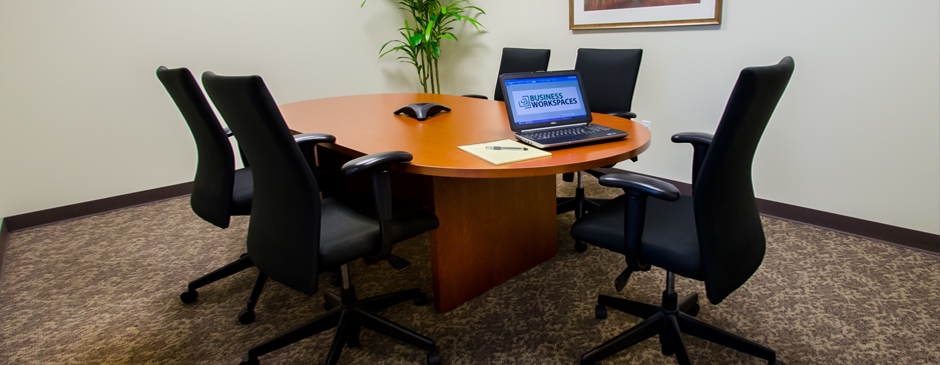

Not enough natural light can significantly impact a small workspace, hindering productivity and well-being. In this thorough guide, we’ll explore effective strategies for maximizing sunlight in compact work environments. We’ll delve into designing spaces to harness natural light efficiently, addressing common challenges and providing concrete solutions. This article covers varied approaches, from strategic window placement to clever use of reflective surfaces, and will highlight case studies and statistics to support our advice. Ultimately, you’ll discover how to transform your small workspace into a brighter, more productive, and welcoming environment.
Understanding the Importance of Natural Light in Small Spaces
The Impact on Mood and Productivity
Natural light isn’t just about aesthetics; it’s a vital element for physical and mental well-being. Studies have shown that exposure to natural light can boost mood, reduce stress, and improve overall cognitive function. In small workspaces, where confined spaces can feel oppressive, maximizing natural light is even more crucial. A well-lit space fosters a sense of openness, and this translates directly to improved focus and productivity.
Design Challenges in Small Spaces
Small spaces often present unique design challenges when trying to maximize for natural light. Limited window space, low ceilings, or the need to balance function and aesthetics can make maximizing sunlight a complex process. This guide will offer detailed insight into overcoming these challenges.
Strategic Window Placement and Orientation
Related Post : Desk Setup Causing Discomfort? How to Improve Ergonomics at Home
Maximizing Light Penetration
Proper window placement is fundamental to optimizing natural light. South-facing windows, for instance, receive the most sunlight throughout the day, creating an ideal workspace. Consider using sheer curtains or blinds to allow for natural light to filter through without obstructing your view or the overall ambiance of your work space.
Creative Solutions for Limited Window Space
What if your workspace has few windows or limited natural light access? Clever interior design techniques can transform the workspace in an inspiring and well-lit way. For instance, you could incorporate strategically placed mirrors or reflective surfaces to bounce and redirect light around the room. Alternatively, skylights can add another dimension to your space for maximizing sunlight.
Utilizing Reflective Surfaces to Enhance Natural Light
Mirrors and Light Reflection
Strategically placed mirrors can significantly amplify the impact of natural light. These reflective surfaces bounce light across the room, brightening up even the darkest corners. Mirrors can be incorporated as decorative elements within the workspace, in addition to their functionality.
Other Reflective Materials
Apart from mirrors, consider incorporating other reflective materials such as glossy or metallic finishes on walls or furniture. These elements subtly augment the feeling of space while maximizing light, creating an impressive, well-lit workspace.
Smart Design Elements and Considerations for Small Workspaces
Multifunctional Furniture
In a small workspace, every inch matters. Multifunctional furniture, such as desks with built-in storage, can save space and help maximize available light. select pieces with lightweight designs and open constructs to facilitate natural light flow throughout the workspace. This design is vital to enhance the overall feeling of space in a compact office space.
Color Palettes
Choosing the right color palette is crucial for enhancing natural light. Light colors, such as white or pastels, reflect light more effectively, making a small space feel brighter and more airy. Darker colors, while stylish, can absorb light, potentially making a small space feel confined.
Case Studies and Real-World Examples
achievementful Light Optimization Strategies
Numerous organizations have implemented innovative designs to maximize natural light. For example, a software company with a small office transformed a earlier dim space into a highly productive environment using strategically placed mirrors and large windows. This project shows that clever design is key to improving a small space’s light conditions.
Lessons Learned and Practical Takeaways
These case studies demonstrate that the effective use of natural light isn’t just about installing more windows but involves a holistic approach to workspace design. A careful consideration of reflective surfaces, furniture choices, and color palettes are key facets for improvement.
In conclusion, maximizing natural light in small workspaces is crucial for productivity and well-being. By strategically utilizing natural light sources, incorporating reflective surfaces, and implementing smart design choices, you can create an environment that promotes focus and creativity. Remember, even minor adjustments can significantly impact your workspace’s ambiance. To further maximize your workspace and maximize natural light, consider consulting with an interior designer or light-design specialist. They can offer expert guidance on tailored solutions for your specific space and needs, ensuring you’re making the most of the available natural light.